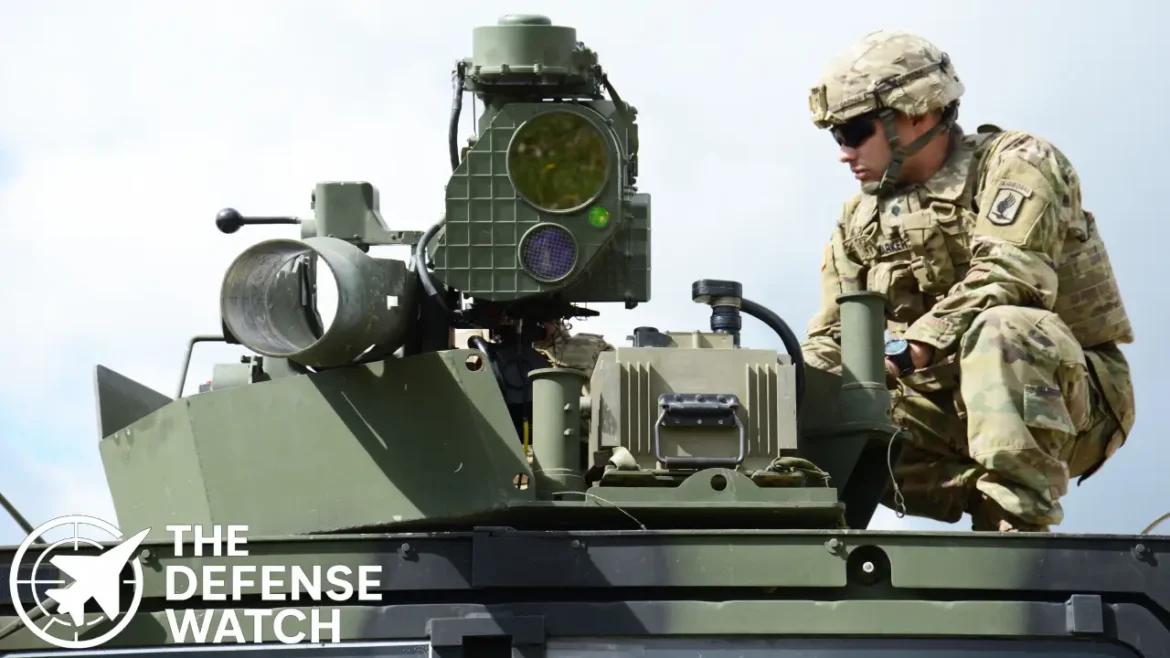Overview of the TOW Missile System
The BGM-71 TOW (Tube-launched, Optically tracked, Wire-guided) missile is a U.S. origin anti-tank guided missile (ATGM) system that has been in continuous service since 1970. Conceived in the 1960s by Hughes Aircraft and now produced by RTX (formerly Raytheon), the TOW has seen extensive deployment across terrestrial, vehicular, and rotary platforms.
Historical Evolution & Combat Use
Development of the TOW began in 1963, with the production contract awarded in 1968 and initial deliveries by August 1969. First deployed in combat during the Vietnam War in 1972, it marked the U.S. military’s first use of an American-made missile system under wartime conditions.
The TOW subsequently saw combat in an array of global conflicts, including the Iran–Iraq War, Lebanese Civil War, Soviet–Afghan War, the 1982 Lebanon War, Operation Desert Storm, Iraq War, Syria, Ukraine, and myriad Middle East theaters. Coalition forces heavily relied on TOW systems in the Gulf War, mounting them on HMMWVs, Bradley Fighting Vehicles, and helicopter platforms—with reports of remarkable performance such as penetrating multiple armor layers and destroying targets beyond expectations.
Variants & Technical Enhancements
Over its lifespan, TOW has evolved significantly:
- BGM-71A/B (Basic TOW): Initial versions, with ranges of ~3,000 m (A) and 3,750 m (B), penetration of around 430 mm RHA.
- BGM-71C (I-TOW): Introduced mid-1980s, featuring improved shaped-charge warheads and standoff probes for greater impact.
- BGM-71D (TOW-2): Debuted 1984, enhanced electronics and warhead capable of penetrating 800–900 mm RHA.
- BGM-71E (TOW-2A): Tandem warhead designed to defeat ERA (explosive reactive armor); penetration up to 900–1,020 mm RHA.
- BGM-71F (TOW-2B): Arrived 1993 with improved countermeasures resistance and an over-fly top attack mode using explosively formed penetrators (EFPs) aimed at weaker rooftop armor.
- Aero and RF variants: Extended-range (~4.5 km) and radio-frequency guidance (TOW-2B Aero, Aero RF), introduced in early 2000s.
These variants underpin the system’s longevity; over 700,000 units have been produced and deployed across more than 40 armed forces and 15,000 platforms worldwide.
Performance & Future Outlook
TOW’s guidance uses a wire-link SACLOS system—operators maintain the crosshairs on target while the missile corrects its path automatically, providing high first-round hit probability in clear conditions. The system reliably proved effective in major conflicts, including the Gulf War, where dazzler countermeasures failed to degrade its performance.
Raytheon continues upgrades to meet modern requirements—boosting propulsion, improving top-down strikes, and extending lifecycle beyond 2050. Yet, not all deployments are flawless. Taiwan’s recent exercises highlighted accuracy issues, with only 7 of 17 TOW-2A missiles hitting targets—prompting a doctrinal reassessment.
4. Context & Analysis
While the TOW system remains a stalwart in Western and allied arsenals, the advent of drone warfare, active protection systems, and newer ATGMs (e.g., fire-and-forget or multi-mode seekers) may challenge its relevance. Its manually guided nature demands operator skill and line-of-sight—limiting effectiveness under electronic warfare or visual-obscurant conditions. Yet, the ongoing enhancements keep TOW viable for decades to come.
FAQs
Tube-launched, Optically-tracked, Wire-guided.
Standard variants reach ~3.75 km; Aero versions extend to ~4.5 km.
It features a top-attack EFP warhead paired with advanced guidance resistant to clutter and countermeasures.
Its modular upgrades, proven effectiveness, and integration across platforms ensure continued relevance.
SACLOS wire guidance requires uninterrupted line-of-sight and operator engagement, making the system vulnerable in obscured or electronic warfare environments.


11 comments
[…] M1134 ATGM vehicle, a Stryker variant, serves as a mobile anti-tank platform firing TOW missiles at ranges up to 4 km. Its deployment strengthens brigade-level anti-armor overwatch and precision […]
[…] of small drones as threats (for reconnaissance, loitering munitions, or kamikaze attacks), the U.S. military is pushing AI-based counter-drone systems. The Replicator initiative includes counter-drone technologies that detect, analyse, and neutralize […]
[…] against an unmanned aerial vehicle. The Center for Countermeasures collected imagery to analyze system performance and confirm the […]
[…] challenges: peer adversaries like Russia and China are fielding advanced armor, while lightweight anti-tank weapons and loitering munitions threaten heavy formations. The U.S. Army is responding with significant […]
[…] decades of military reliance, outright weaponization (i.e. placing destructive weapons in orbit) has remained […]
[…] flight tests. The name is intended to evoke both lethal precision (“eagle”) and the weapon’s disruptive potential against adversary systems […]
[…] ISV variant can carry the mortar system plus 72 rounds of […]
[…] According to the White House and Department of Defense, the resumption aims to ensure the “credibility and survivability” of the U.S. deterrent. Officials argue that simulated and subcritical tests, while effective, no longer provide sufficient assurance about the long-term performance of aging warheads and next-generation nuclear delivery systems. […]
[…] trials earlier in the year served to validate the system’s performance in realistic artillery and surveillance scenarios. While precise performance metrics (such as detection range, […]
[…] By releasing the live-fire footage, China is sending a clear message to regional actors — and the United States — about its growing defensive sophistication. The demonstration could be seen as a strategic signal of its confidence in its own indigenous missile technologies. […]
[…] at lower altitudes, offering a cost-effective alternative to conventional interceptor missiles. The system has been under development for nearly a decade, with extensive testing demonstrating its potential for precise, rapid-response defense against […]